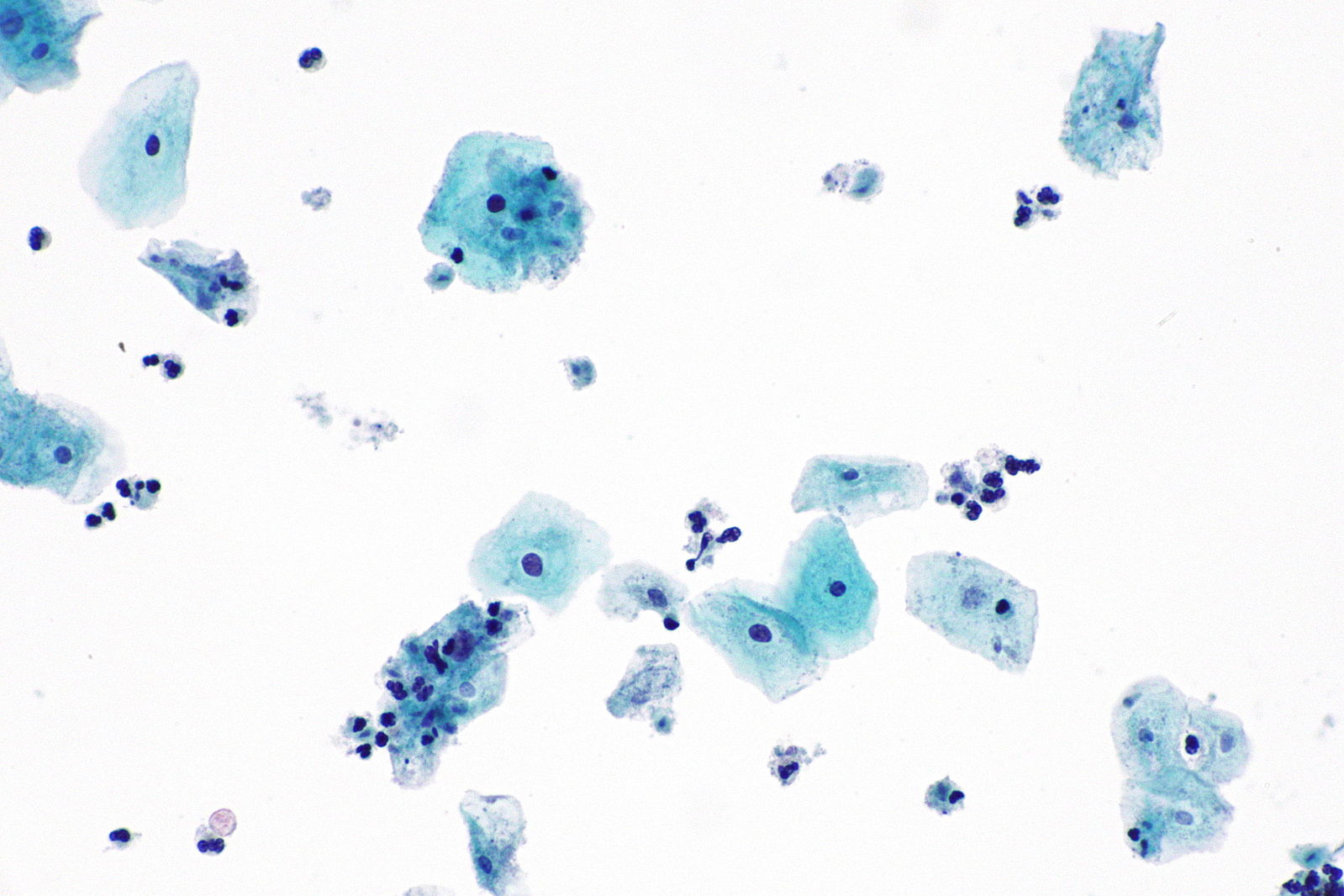Difference Between Chlamydia and Trichomonas
Chlamydia is a species of bacterium that causes a type of sexually transmitted illness. Trichomonas is a type of protist that causes illness either in the form of an STD or a pneumonia-type illness depending on the species.

What is Chlamydia?
Definition:
Chlamydia includes certain species of bacteria that cause either a type of respiratory or a form of sexually transmitted illness in people depending on what species is involved. The infections are caused by two different species of bacteria, Chlamydia trachomatis and Chlamydia pneumoniae that live inside the cells of the host.
Symptoms:
Symptoms of the sexually transmitted disease (STD) are caused by C. trachomatis and include itching, discharge, and burning of the genitals. There may also be burning during urination. Respiratory symptoms such as cough, fever, runny nose, and headache, are present in people who have C. pneumoniae.
Diagnosis:
A nucleic acid amplification test (NAAT) is used to definitively diagnose an infection caused by Chlamydia bacteria.
Risk factors and treatment:
People who have multiple sexual partners and who do not use any form of protection are at a greater risk of contracting C. trachomatis. The pneumonia caused by C. pneumoniae is most often caught by the very young and very old who are in a crowded situation where sick people may sneeze or cough and thus spread the infection. Antibiotics can be used to treat both of the different types of chlamydia infections.

What is Trichomonas?
Definition of Trichomonas:
Trichomonas is an illness caused by the protozoan Trichomonas vaginalis that infects the genital tract of males and females. The parasite causes an infection with inflammation, in the genital tracts of males and females. The species Trichomonas vaginalis is a flagellated protozoan that lives outside of the cells.
Symptoms:
The people who have a trichomonas infection may have no symptoms for a long time, which also means it is easy for them to unwittingly spread the parasite. Symptoms in women include a colored frothy and foul-smelling discharge from the vagina, and pain in the vulva region. There may also be swelling evident in the labia region. Punctate (dot-like) regions that are very red in color are often evident in the cervix of the woman who is infected. Men may have no symptoms or a discharge from the urethra. Both males and females may have an inflamed urethra causing pain and difficulty urinating
Diagnosis:
The infection can be diagnosed by taking a sample from the vagina, making a slide preparation, applying appropriate staining techniques, and then searching for the parasite using a microscope. A nucleic acid amplification test can also be done to look for the nucleic acid that is found in the parasite.
Risk factors and treatment:
Having many sexual partners and having another STD caused by Neisseria gonorrhoeae appear to increase the risk of also contracting T. vaginalis. The condition can be treated by using medications such as tinidazole and metronidazole.
Difference between Chlamydia and Trichomonas Infection
Definition
The chlamydia infections can be in the genital or respiratory system and they are caused by two different species of bacteria. The trichomonas infection is in the genital system and is caused by one species of protozoan.
Causative agent
A bacterial cell, Chlamydia trachomatis and C. pneumoniae causes chlamydia infections. A protozoan cell, Trichomonas vaginalis causes trichomonas infections.
Cell type
A prokaryotic cell is implicated in chlamydia infections. A eukaryotic cell is implicated in trichomonas infections.
Extracellular parasite
The chlamydia is caused by a parasite that has to live inside the cells of the host, and is therefore not an extracellular parasite. Trichomonas is caused by a parasite that lives outside the cells of the host, thus it is an extracellular parasite.
Symptoms
Chlamydia symptoms depend on which species is involved. C. trachomatis causes a discharge, pain and burning in the genital area. Respiratory symptoms such as coughing, runny nose and fever occur if C. pneumoniae is causing an infection. Trichomonas vaginalis infections cause a frothy discharge and pain and burning with urination; papules also may be present in the cervix.
Diagnosis
Chlamydial infection is best diagnosed by completing a nucleic acid amplification test looking for the bacterial genetic material. Trichomonas infection is diagnosed by looking for the parasite using a microscope, and by doing a nucleic acid amplification test.
Risk factors
Sexual activity, especially promiscuity increases the risk of the STD caused by chlamydia. Chlamydia pneumoniae is more likely to be caught by older people or children in crowded areas. Having many partners also increases the risk of catching Trichomonas vaginalis, as does also having an infection with Neisseria gonorrhoeae.
Treatment
The infections caused by Chlamydia are best treated with the antibiotics azithromycin or doxycycline. The trichomonas infections are treated with medications such as metronidazole or tinidazole.
Table Comparing Chlamydia and Trichomonas Infection

Summary of Chlamydia vs. Trichomonas Infection
- Chlamydia causes either a pneumonia infection or an STD depending on the species of bacterium that s involved.
- Trichomonas is a parasite that causes an STD infection in men and women.
- Chlamydia is caused by a bacterium that invades the cells of the host and lives inside these cells.
- Trichomonas is caused by a flagellated protozoan parasite that lives outside the cells of the host.
- Having many sexual partners increases the risk of catching C. trachomatis and T. vaginalis.
- Difference Between Rumination and Regurgitation - June 13, 2024
- Difference Between Pyelectasis and Hydronephrosis - June 4, 2024
- Difference Between Cellulitis and Erysipelas - June 1, 2024
Search DifferenceBetween.net :
Leave a Response
References :
[0]Image credit: https://commons.wikimedia.org/wiki/File:Trichomonas_-_Pap_-_2_--_high_mag.jpg
[1]Image credit: https://commons.wikimedia.org/wiki/File:Chlamydia_Geimsa_Stain_CDC.jpg
[2]Hammershlag, Margaret R. “Chlamydia”. Merckmanuals. Merck & Co., 2018, https://www.msdmanuals.com/professional/infectious-diseases/chlamydia-and-mycoplasmas/chlamydia?query=chlamydia
[3]Krashin, Jamie W., et al. "Trichomonas vaginalis prevalence, incidence, risk factors and antibiotic-resistance in an adolescent population." Sexually transmitted diseases 37.7 (2010): 440-444.
[4]Morris, Sheldon R. “Trichomoniasis”. Merckmanuals. Merck & Co., 2018, https://www.msdmanuals.com/professional/infectious-diseases/sexually-transmitted-diseases-stds/trichomoniasis?query=trichomonas
